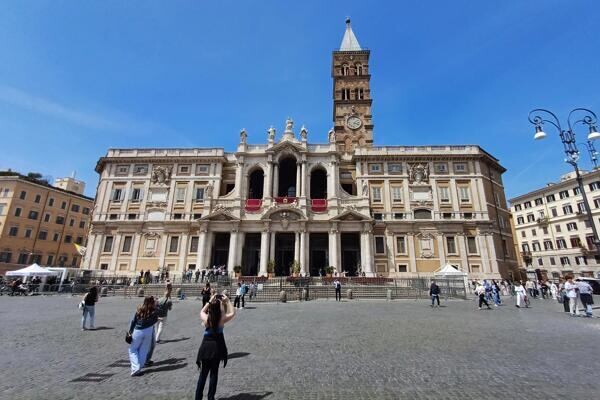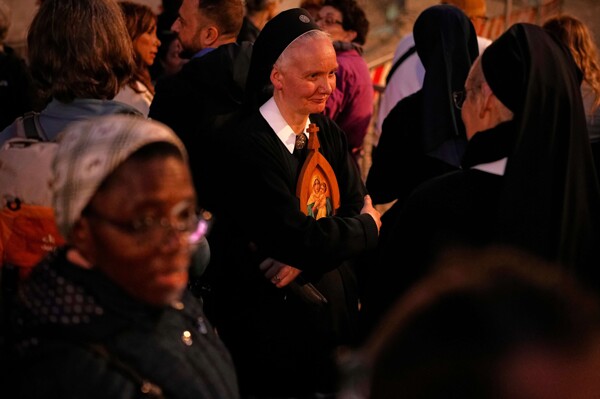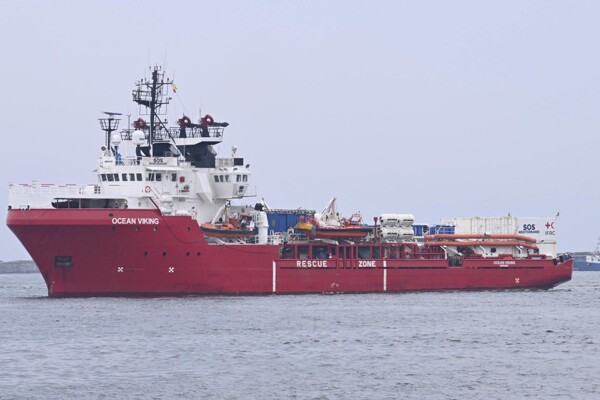
The cardinals have become increasingly less visible on the streets, pursued and harassed by journalists who question them relentlessly. How long will this conclave last? The congregations serve the function of listening to each other, getting to know one another, and confronting each other to shape those whose proposals can capture everyone's attention.
Today, the conclave is very different from those of antiquity, such as in Viterbo, where citizens kidnapped the cardinals to force the election of a new pope. The conclave of Viterbo in the 13th century laid the groundwork for the rites of the current conclave that we will see starting Wednesday, May 7.
Currently, the excitement is palpable in Rome with preparations in the Sistine Chapel, the tables, the missals, and the stove for the smoke that will announce the election of the new pope. The cardinal camerlengo, Kevin Farrel, conducted the lottery for the rooms of the 133 cardinal electors, who will have days of work, voting, and rest according to the current regulations.
The cardinals have had pre-meetings where they discussed various important issues for the Church. A call for unity has been made in an increasingly secularized and fragmented world. The upcoming conclave promises to be diverse and plural, with representation from prelates of 94 different countries.
The process of papal election enters a crucial stage in which the cardinals prepare to isolate themselves from the world, surrendering their mobile devices and cutting all ties with the outside. Meanwhile, history reminds us of conclaves of great duration, such as the one in Viterbo in 1268 that lasted two years and nine months. Preparations continue in Rome to host this important event.













